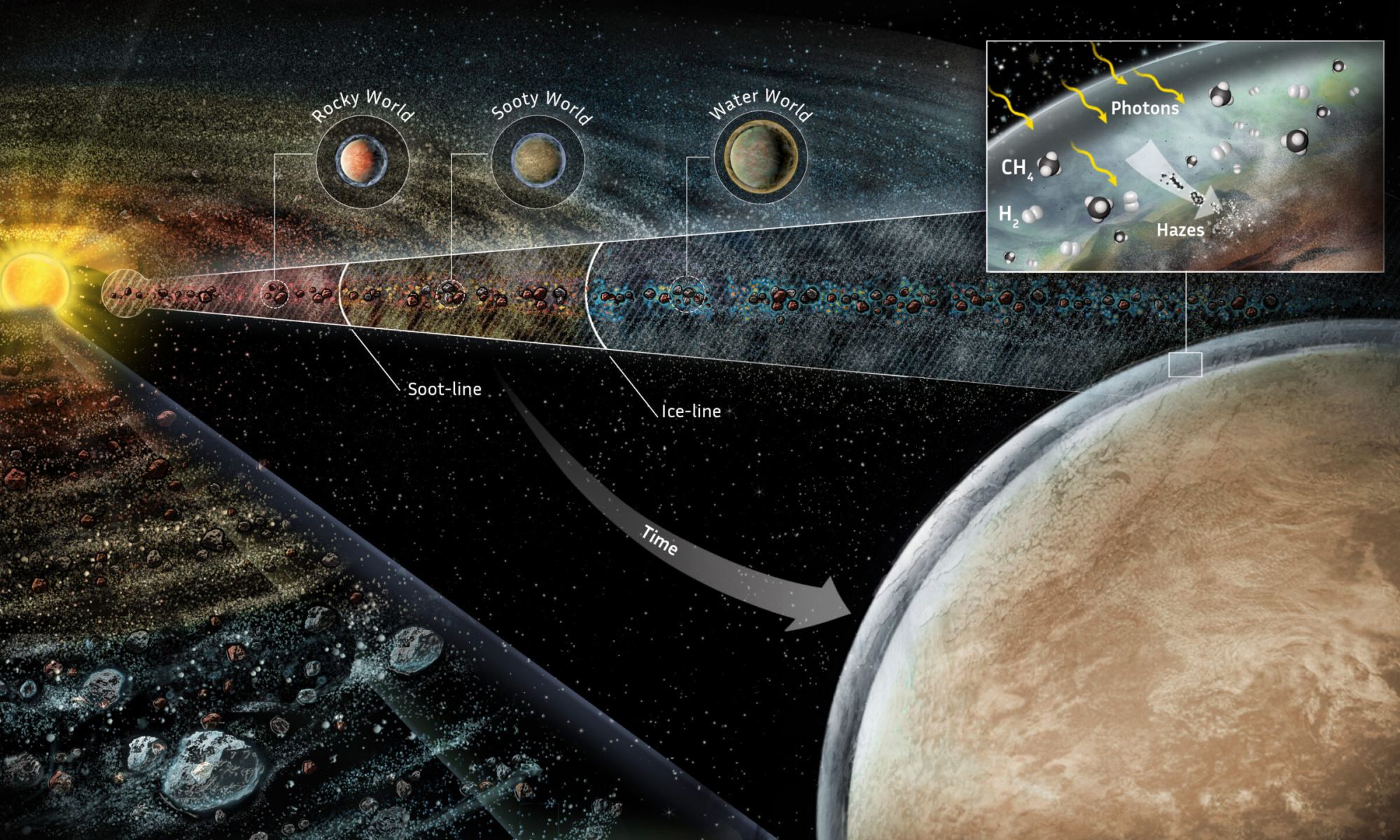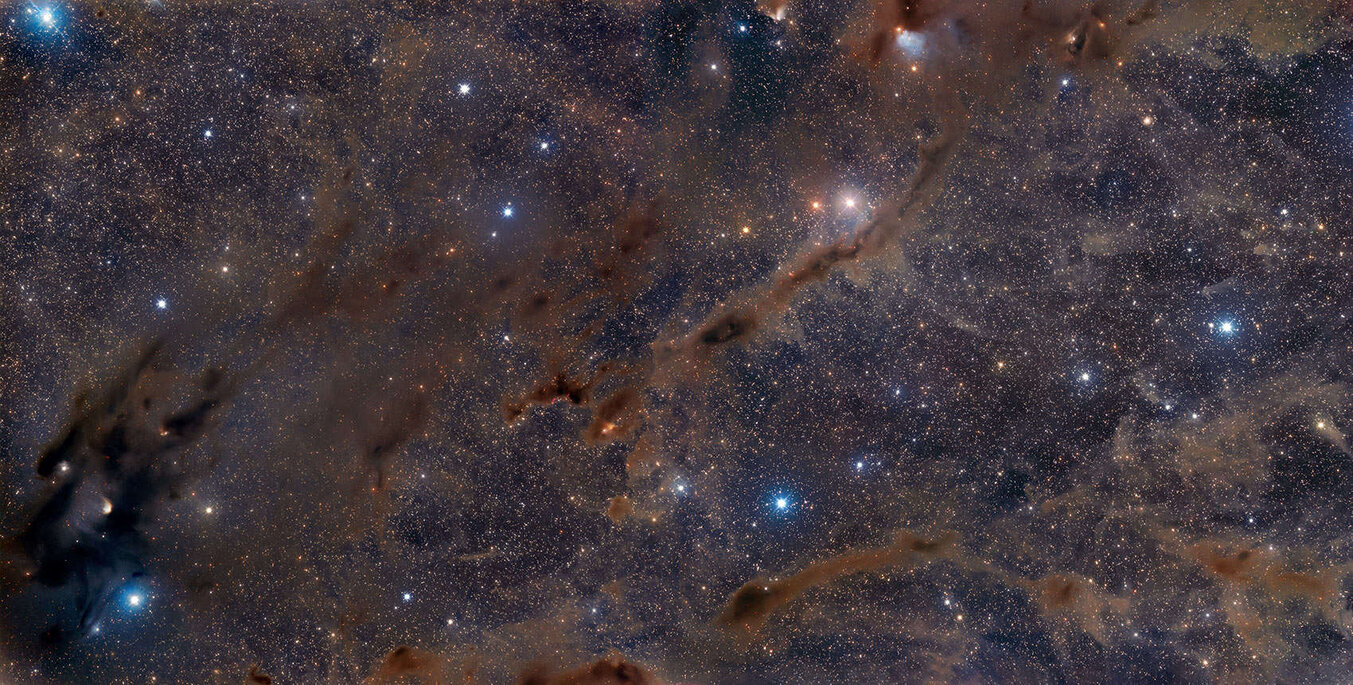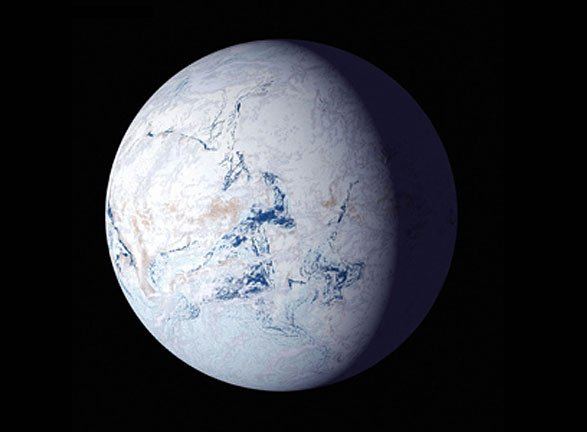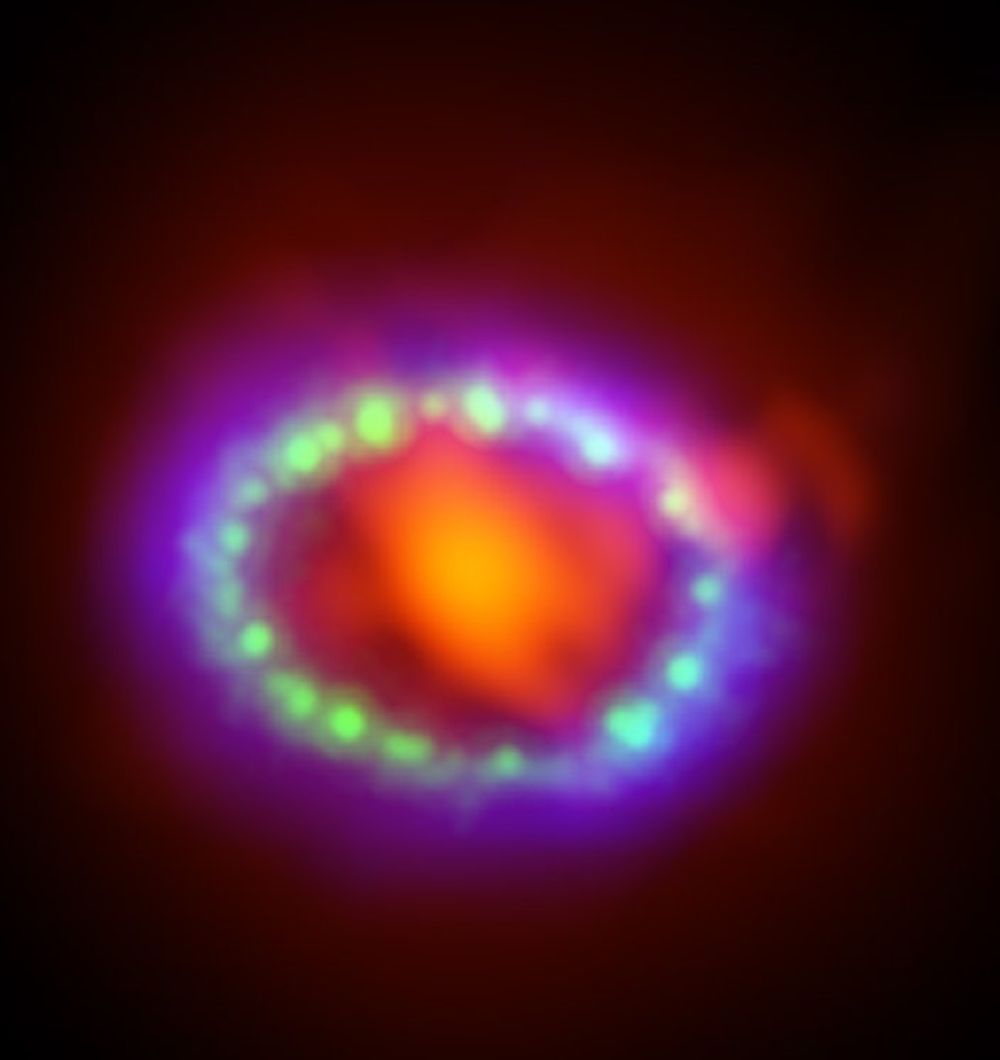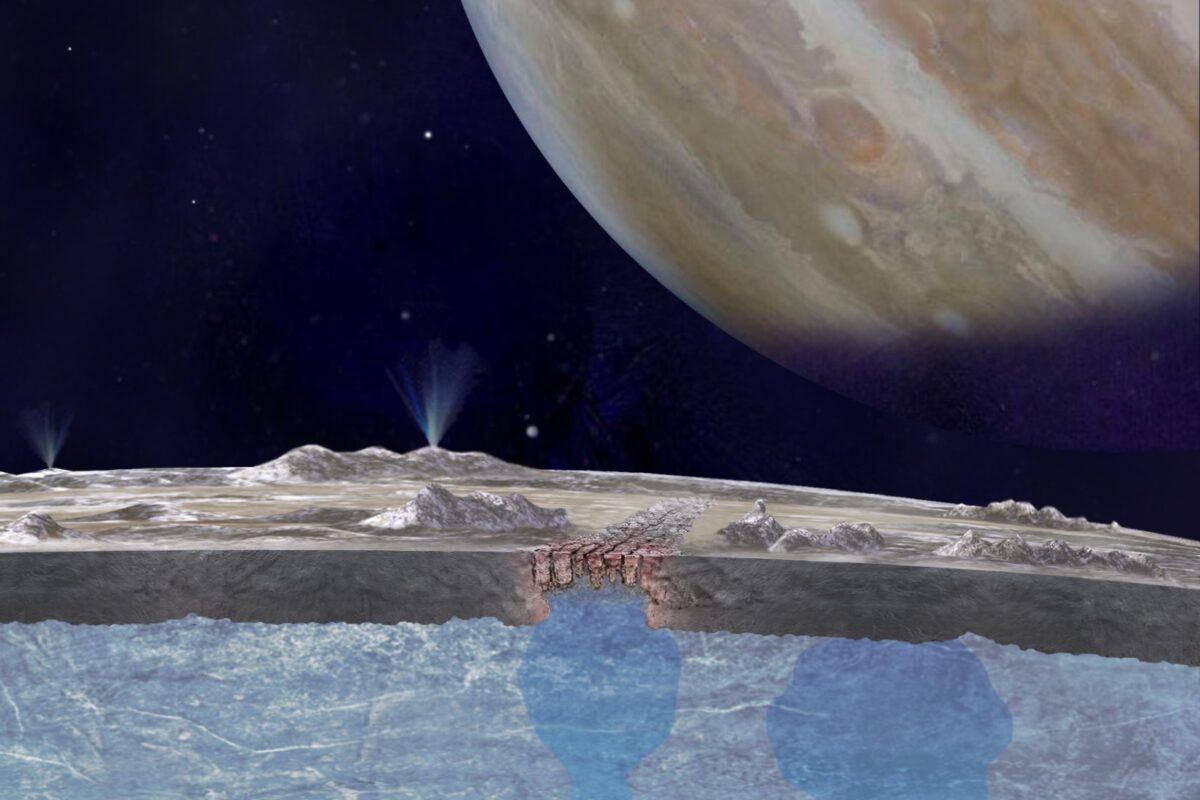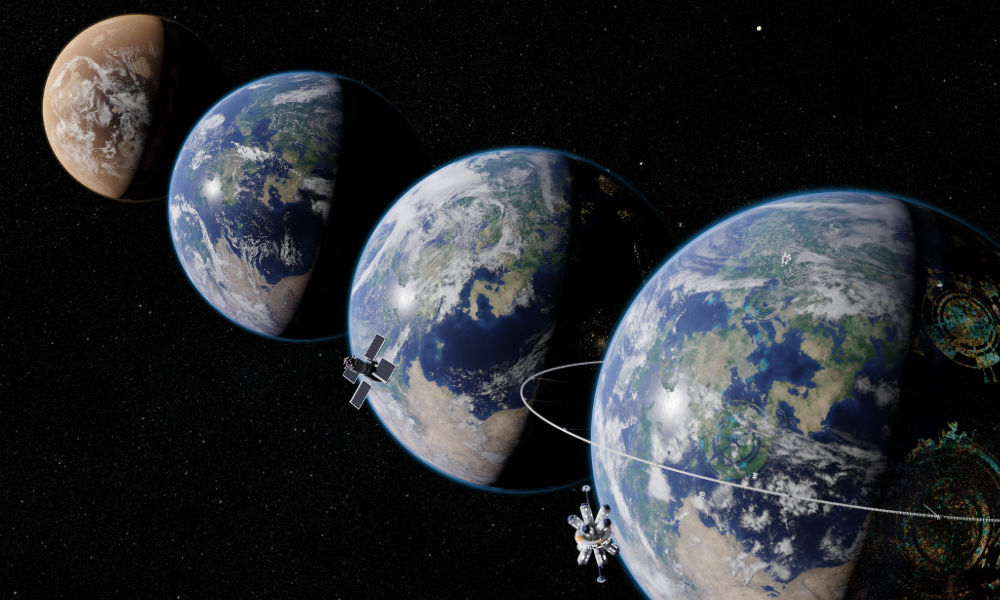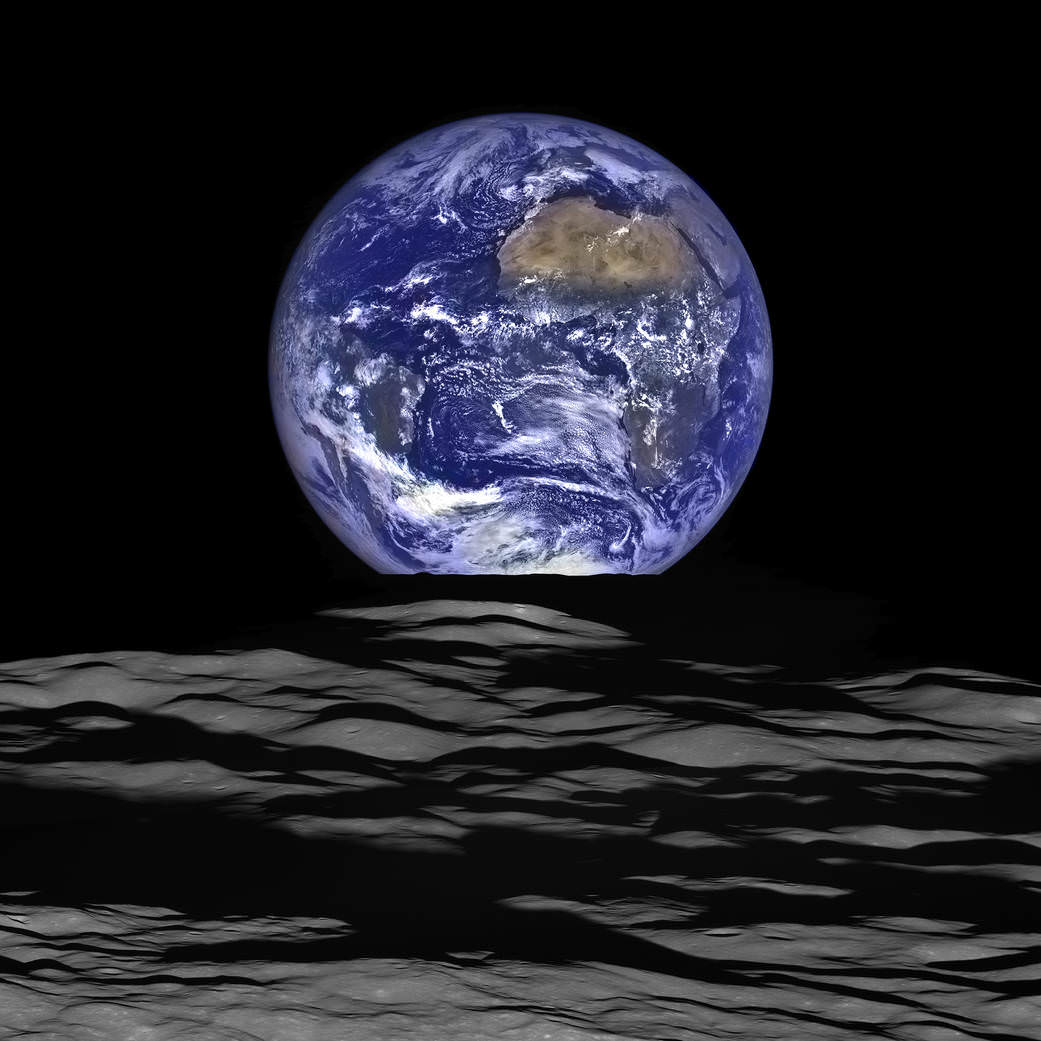It’s widely accepted that Earth’s plate tectonics are a key factor in life’s emergence. Plate tectonics allows heat to move from the mantle to the crust and plays a critical role in cycling nutrients. They’re also a key part of the carbon cycle that moderates Earth’s temperature.
But new research suggests that there was no plate tectonic activity when life appeared sometime around 3.9 billion years ago. Does this have implications for our search for habitable worlds?
Continue reading “Did Life Need Plate Tectonics to Emerge?”

